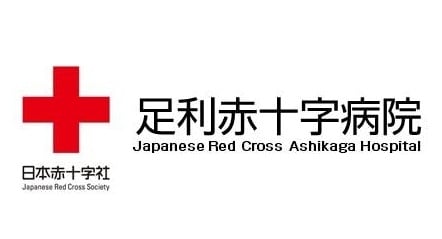Plastic Surgery Department
When many people hear the term “plastic surgery,” they may not understand what it means, or have a mistaken perception of what it’s for. In short, it is surgery to improve external body malformations which could be the result of any number of conditions. The specialty is very broad, covering conditions such as congenital malformations, wounds, burns, tumors (including reconstruction after removal), scars, keloids and intractable skin ulcers, patients from the newborn to the elderly, and locations from the top of the head to the soles of the feet.
Besides the obvious esthetic problems they can cause, malformations often result in functional disabilities as well, and thereby impact a patient’s quality of life. Using our knowledge and techniques to improve the patient’s quality of life is our department’s mission.
In recent years, the role of plastic surgery has grown to include that of “scar specialists,” treating everything from trauma-related scarring to hard-to-heal bed sores and other chronic scarring.
Our department was started at Ashikaga Red Cross in 2009, so we are a relatively new department, but are currently staffed by two full-time doctors, and also have physicians visiting from other hospitals three days a week.
Our philosophy is not just to treat scars that may exist at any particular point in time, but to continue to monitor patients after healing has completed and give appropriate follow-up advice and care. We hope to make a positive contribution to the local community as your “scar specialists.”
Besides the obvious esthetic problems they can cause, malformations often result in functional disabilities as well, and thereby impact a patient’s quality of life. Using our knowledge and techniques to improve the patient’s quality of life is our department’s mission.
In recent years, the role of plastic surgery has grown to include that of “scar specialists,” treating everything from trauma-related scarring to hard-to-heal bed sores and other chronic scarring.
Our department was started at Ashikaga Red Cross in 2009, so we are a relatively new department, but are currently staffed by two full-time doctors, and also have physicians visiting from other hospitals three days a week.
Our philosophy is not just to treat scars that may exist at any particular point in time, but to continue to monitor patients after healing has completed and give appropriate follow-up advice and care. We hope to make a positive contribution to the local community as your “scar specialists.”
The conditions that we treat can be broadly divided into a few categories: Congenital malformations, wounds and burns, tumors (including reconstruction after removal), scars and keloids, and skin ulcers. Some examples of specific from these categories are as follows:
Congenital Malformations
Cleft lip, cleft palate, cleft jaw repair with bone grafts,velopharyngeal insufficiency, syndactyly, polydactyly, other limb malformations, craniosynostosis, facial cleft, congenital ptosis, microtia, accessory auricle, cleft earlobe, congenital preauricular fistula, cryptotia (buried ear), other ear malformations, hemifacial microsomia, thyroglossal cysts, side neck cysts, pectus excavatum (funnel chest), pectus carinatum (pigeon chest), Poland syndrome, supernumerary nipple, protruding navel, umbilical hernia, hypospadias, etc.
Wounds & Burns
Facial contusions, facial nerve damage, urethra damage, salivary gland dam,ge,craniofacial bone loss, frontal (skull) bone fractures, nasal fractures, ethmoid bone fractures, orbital floor fractures, cheekbone fractures, upper and lower jaw fractures,limb wound,limb amputations,severed finger tendons,nail plate peeling/dislocation, small area burns, large area burns, electrocution burns, chemical burns, burn scars, frostbite, etc.
Tumors (including reconstruction post-removal)
Pigmented nevus (moles),flat moles、nevus of Ota,nevus sebaceous,epidermal nevus, simple hemangioma, arteriovenous malformations, lymphangioma, nevus syndrome, lipoma, epidermoid cysts, parotid cysts, squamous cell carcinomas, basal cell carcinomas, malignant melanoma, head and neck reconstruction following tumor removal, breast reconstruction, etc.
Scars & Keloids
Wound scars, burn scars, scar contracture, hypertrophic scars, surgical or gynecological scars, keloids, piercing keloids, etc.
Skin Ulcers
Trauma-induced skin ulcers、diabetes-related ulcers, subcutaneous abscesses, chronic pyoderma, leg ulcers, bed (pressure) ulcers, etc.
Other Conditions
Ptosis, facial paralysis, progressive hemifacial atrophy (Parry–Romberg syndrome), pilonidal cysts, ingrown nails, abdominal wall hernias, lymphedema, inverted nipples, bromhidrosis (body odor), hair loss, etc.
